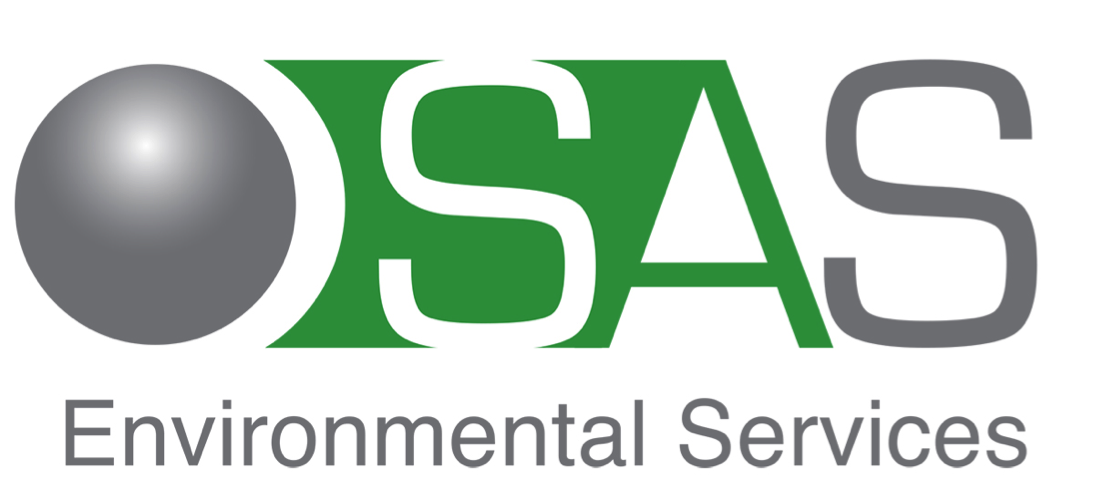Business Models in the time of Coronavirus
/A general consensus is that the Oil & Gas industry is very much a traditional industry. One, where contracts are won and executed over extensive periods of time. One where even winning said contracts may take even more time than executing them. It seems quite paradoxically when we are in the business of ‘making energy’. Energy that puts the world in motion and drives innovation at every other level of our society. So why wouldn’t the Oil & Gas Industry embody exactly that. Innovation that drives innovation.
First of all, what do we mean by a traditional business model. It’s quite simple and a basic economic law – supply and demand. On the supply side we have countries with massive resources, such as Saudi Arabia, the US and the UAE. Each country has private or government-owned companies that either cover the drilling and processing aspect of the industry or the whole supply chain spectrum. The overall objective is to balance the production of oil & gas to avoid market saturation and maintain a profitable price per barrel of oil. It’s on this price that all other industries are basing their own financial structure, knowingly or not.
On the demand side we have customers. We know who they are: governments, businesses, us, everyone in the world. But the ‘us’ of now are different from the ‘us’ from 20 years ago. McKinsey Consulting nailed this in their ‘The Oil & Gas Organization of the Future Report’. Demographically, the bulk of the active labor force is shifting to the millennials. On the operational side with nearly 100% but some also moving up on the executive ladder. And the core drive of a millennial is data. If they require data in their work, they require it in their consumption as well. Internet of Things, Industry 4.0, 5G, all are example of technology driven by data, aggregated in a platform that enables digital control over physical products. And that platform will need extensive amounts of energy. So how rentable it is to just think of Oil & Gas as two boxes that exert opposite forces on a resource. A resource that is not as scarce as we believe. A resource that has several ‘greener’ alternatives, creating a market that is ever increasingly aggressive.
But let’s not get ahead of ourselves and look at the elephant in the room. COVID-19 managed to reveal both our digital dependency and our social individuality in the same time. The internet allows us to work from home, stay informed, connect with our friends, buy our products and so on. And with each action that we do we reveal a little bit more of our profile. But it does not substitute the human interaction. The best way to express our individuality is face-to-face. And why is that relevant? Because companies in the Oil & Gas industry will be facing clients more digitally adept, persuaded by the power of Big Data but won by Customized Service. After coronavirus, clients and companies alike will know what works on the computer and what just does not. And if it is the latter, the reason is as simple as not being service-centric.
The future business models in the Oil & Gas industry will not start at the resource, it will start at the end-user. It is a manner of reverse engineering and instead of focusing on the technical aspect, we are focusing on the human one. Data can create order from chaos on the technical aspect. But only people can truly create a customized experience. And that is the crux of our believes here at SAS Environmental Services.





